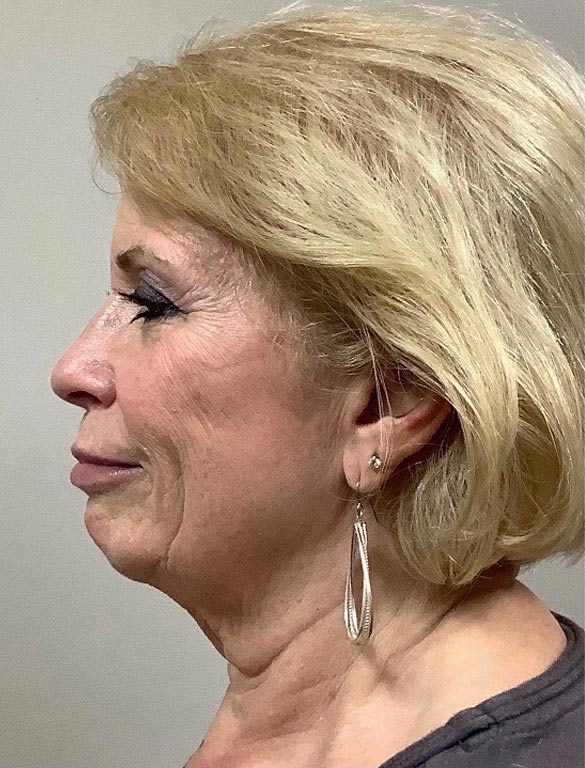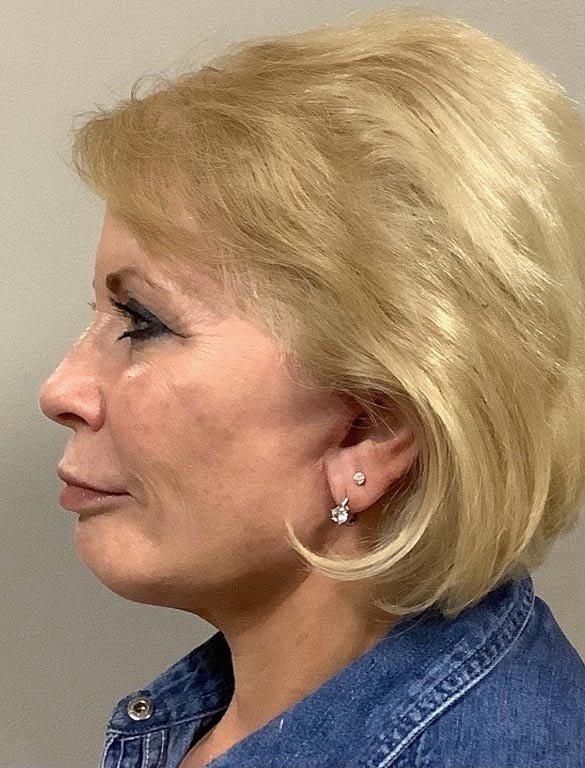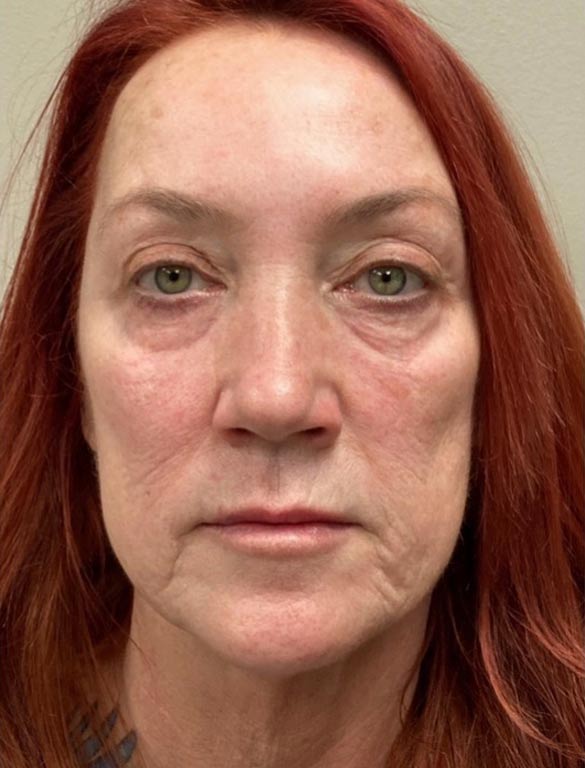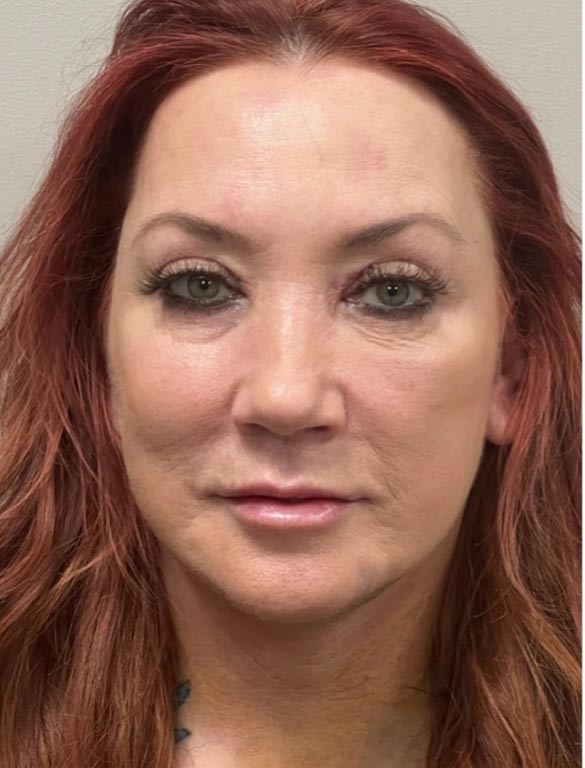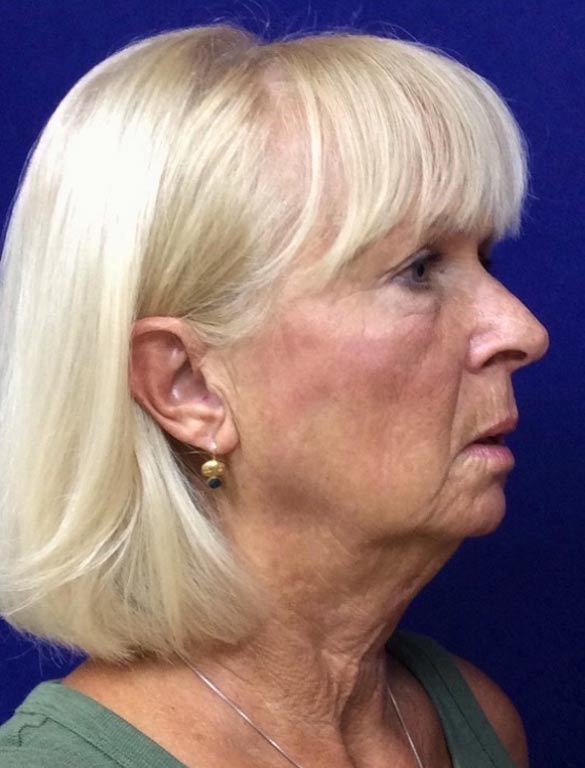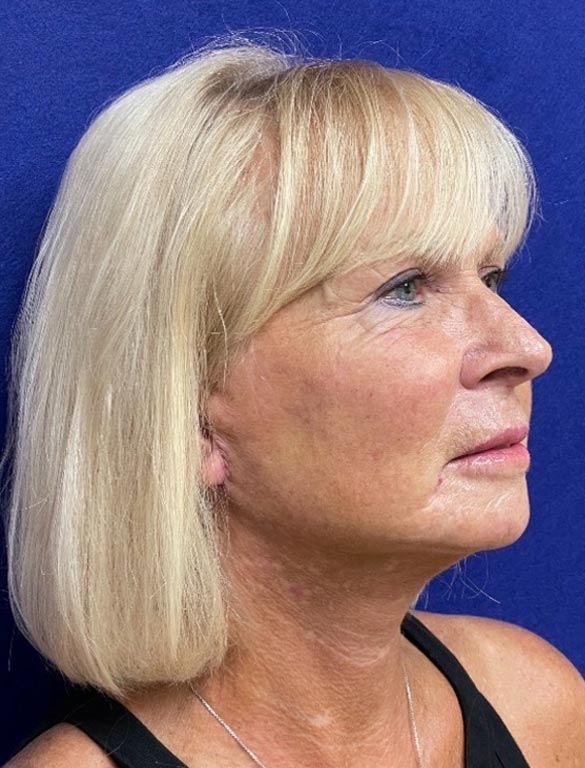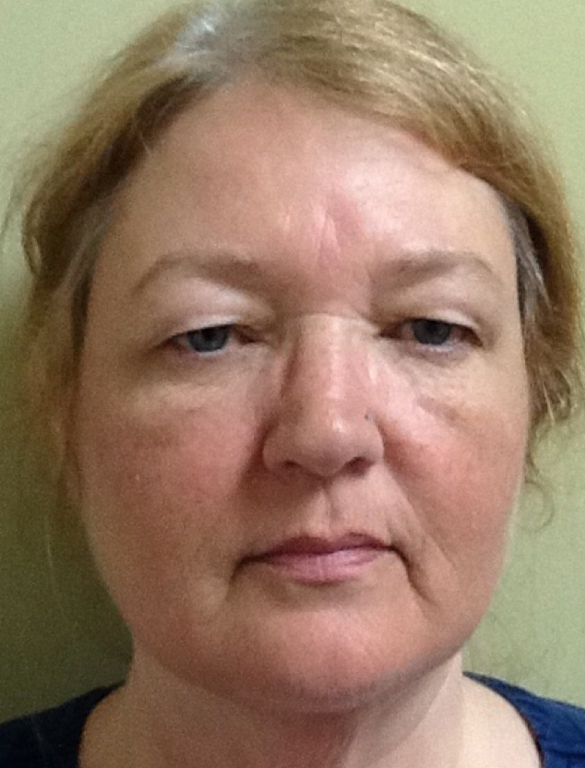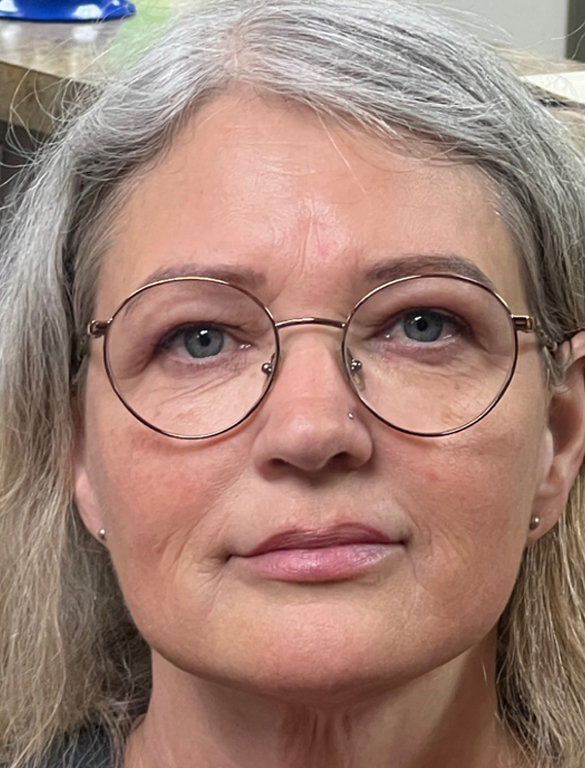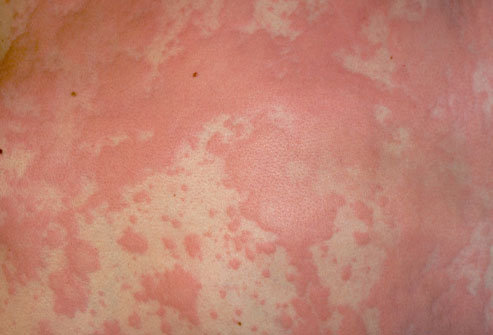
Rosacea sufferers will soon be able to make use of a new treatment for their skin condition now that the U.S. Food and Drug Administration has recently approved a new prescription treatment for relieving rosacea symptoms.
Those who suffer from rosacea endure pimples and redness of the skin due to this chronic disease which affects mostly women and those with fair complexions. Rosacea usually causes a persistent redness of the face, specifically in the center. There may be swollen blood vessels on the cheeks and nose that become more visible as when rosacea is present. Some of the bumps that develop resemble acne and may contain pus and the skin might feel hot to the touch. Some patients who suffer from rosacea also have reddened eyelids and eye dryness and irritation.
The new treatment prescription, which is meant to treat mild to moderate cases of rosacea, is called “Finacea Foam” and is able to significantly lessen redness, pimples and pustules that are caused by rosacea. The active ingredient in the foam is azeleic acid which has been used to treat many rosacea patients in two different 12 week clinical trials conducted with over 1,300 people from age 19 to 92 years old.
The FDA has approved a 15 percent concentration of the active ingredient in the foam which is best at treating patients who suffer specifically from a type of rosacea known as the “papulo-pustular type” which consists of pimples and red bumps. Dermatologist Dr. Doris Day at the Lenox Hill Hospital in New York City says, “Azeleic acid has been used for rosacea with excellent results in many patients.”
Some side effects to the foam include localized pain on the skin where the foam was applied, dryness, itching and redness of the skin. A few cases have been reported in which white spots appeared on the skin due to the azelaic acid so those with darker complexions should take this into consideration and discuss the possibility of similar symptoms with their doctor before seeking a prescription for “Finacea Foam”. Azelaic acid can also cause irritation to the eyes, mouth and other mucous membranes so it should be kept away from these areas and used only as directed.
Rosacea sufferers can seek a prescription for Finacea Foam by visiting their dermatologist once the drug becomes available in September of 2015. Seek a doctor who specializes in providing top notch skin care and who has experience treating those who struggle with rosacea.

